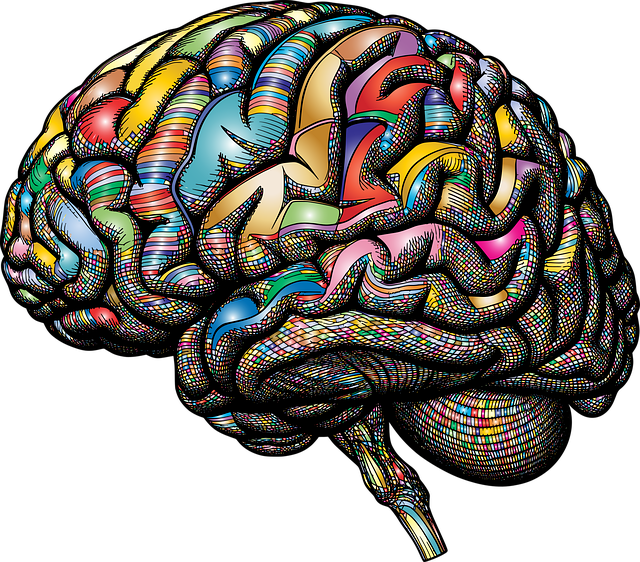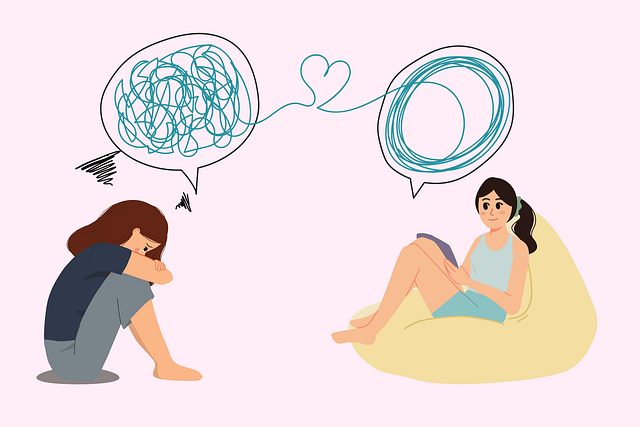Risk Assessment & Planning for Safe Teen ADD-ADHD Therapy: Mitigating Dangers
Effective therapy for Adolescent Teens with ADD-ADHD relies on comprehensive risk assessment and har…….
In the realm of youth mental health, attention-deficit/hyperactivity disorder (ADD) and attention deficit hyperactivity disorder (ADHD) have emerged as significant challenges, particularly among adolescents. This article delves into the world of therapy specifically tailored for this demographic, exploring its various facets, impact, and potential. “Therapy for Adolescent Teens ADD-ADHD” is a specialized approach designed to address the unique needs of teenagers struggling with these neurodevelopmental conditions, offering strategies for managing symptoms and fostering overall well-being. By understanding its core principles, global reach, and evolving landscape, we can gain valuable insights into improving the lives of affected youth.
Therapy for adolescent teens with ADD/ADHD encompasses a range of evidence-based practices aimed at enhancing attention, focus, impulse control, and overall executive functioning skills. It involves a multi-faceted approach combining various therapeutic modalities to support teenagers in managing their symptoms and achieving academic, social, and personal success. The core components often include:
The concept of therapy for adolescent teens with ADD/ADHD has evolved over the past few decades, reflecting growing awareness and understanding of these conditions. Historically, ADHD was first identified in the 1900s, but it wasn’t until the late 20th century that research began to focus on its impact on children and adolescents. The development of specialized therapy programs in the 1980s marked a significant shift, recognizing the unique challenges faced by teens with ADD/ADHD.
The significance of this therapy lies in its ability to empower teenagers, improve their self-esteem, and enhance their overall quality of life. By providing targeted support, teens can develop essential skills for academic success, better manage social interactions, and navigate the complexities of adolescence. This approach also offers a proactive strategy for long-term mental health management, potentially reducing the risk of comorbidities such as anxiety, depression, and substance abuse.
The global impact of therapy for adolescent teens with ADD/ADHD is substantial, with increasing recognition and implementation across various regions. According to a 2021 report by the World Health Organization (WHO), approximately 5-7% of children and adolescents worldwide have ADHD, highlighting the need for specialized interventions. Key trends shaping this field include:
The economic implications of therapy for adolescent teens with ADD/ADHD are multifaceted, involving both costs and potential benefits.
Technology has played a transformative role in therapy for adolescent teens with ADD/ADHD, offering new avenues for support and accessibility.
The development and delivery of therapy for adolescent teens with ADD/ADHD are significantly shaped by policies and regulations, ensuring ethical practices and quality care.
Despite its benefits, therapy for adolescent teens with ADD/ADHD faces several challenges and criticisms that require attention and strategic solutions.
Background: Sarah, a 16-year-old high school student, was diagnosed with ADHD after struggling with concentration and organizational skills. She faced challenges in keeping up with assignments and often felt frustrated during class.
Therapy Approach: Sarah enrolled in an intensive cognitive behavioral therapy (CBT) program tailored for teens with ADHD. The therapy focused on:
Outcomes: After several months, Sarah demonstrated significant improvements:
Challenge: Justin, a 15-year-old, had severe ADHD symptoms, including hyperactivity and impulsivity, which affected his relationships and school performance. He often became easily distracted during class, leading to poor academic results.
Therapy Program: Justin was referred to a multidisciplinary team consisting of a psychologist, social worker, and educational consultant. The approach included:
Results: Within a year, Justin experienced remarkable changes:
The field of therapy for adolescent teens with ADD/ADHD is poised for significant growth and evolution, driven by technological advancements, emerging research, and shifting societal needs.
Therapy for adolescent teens with ADD/ADHD is a dynamic and evolving field, offering transformative support to teenagers facing these neurodevelopmental challenges. By understanding its core components, global impact, and future prospects, we can appreciate the significance of this therapy in shaping the lives of affected youth. The success stories highlighted in this article underscore the potential for positive change when teens receive evidence-based, tailored interventions.
As research continues to advance and technological innovations emerge, the landscape of ADD/ADHD therapy is poised to expand and improve access to care. Addressing challenges through strategic solutions and fostering public awareness will be crucial in ensuring that teenagers receive the support they need for a brighter future. This comprehensive guide aims to provide valuable insights, encouraging further exploration and action to enhance the lives of adolescent teens with ADD/ADHD.
Q: How do I know if my teen has ADHD?
A: ADHD is diagnosed by qualified healthcare professionals through comprehensive assessments, including interviews, observations, and standardized tests. Symptoms should be persistent, severe enough to impact daily functioning, and present in multiple settings (home, school, work).
Q: Is therapy the only treatment option for ADHD?
A: While therapy plays a crucial role, treatment plans often involve a combination of strategies. This may include medication, behavioral interventions, educational accommodations, and lifestyle changes tailored to the individual’s needs.
Q: Can technology really help teens with ADHD?
A: Absolutely! Technology offers innovative ways to support teens with ADHD. Online platforms and apps provide interactive tools for practice, while VR therapy offers immersive environments for exposure and skill development. These digital solutions can enhance traditional therapy methods.
Q: How do I choose the right therapist for my teen?
A: Look for qualified therapists with experience in working with adolescents and ADHD. Check their credentials, training, and approach to ensure they align with your needs. Reputable professional organizations can provide resources for finding reputable therapists.
Q: Are there financial assistance options for ADD/ADHD therapy?
A: Yes, many communities offer financial aid and subsidies for mental health services, including therapy. Insurance coverage varies, so reviewing policies and reaching out to providers for information is essential. Non-profit organizations and government programs may also provide support.

Effective therapy for Adolescent Teens with ADD-ADHD relies on comprehensive risk assessment and har…….

Crisis Intervention Teams (CITs) specialize in supporting adolescents with Attention Deficit Disorde…….

Mental health issues like ADD and ADHD are rising among adolescents, requiring early intervention. T…….